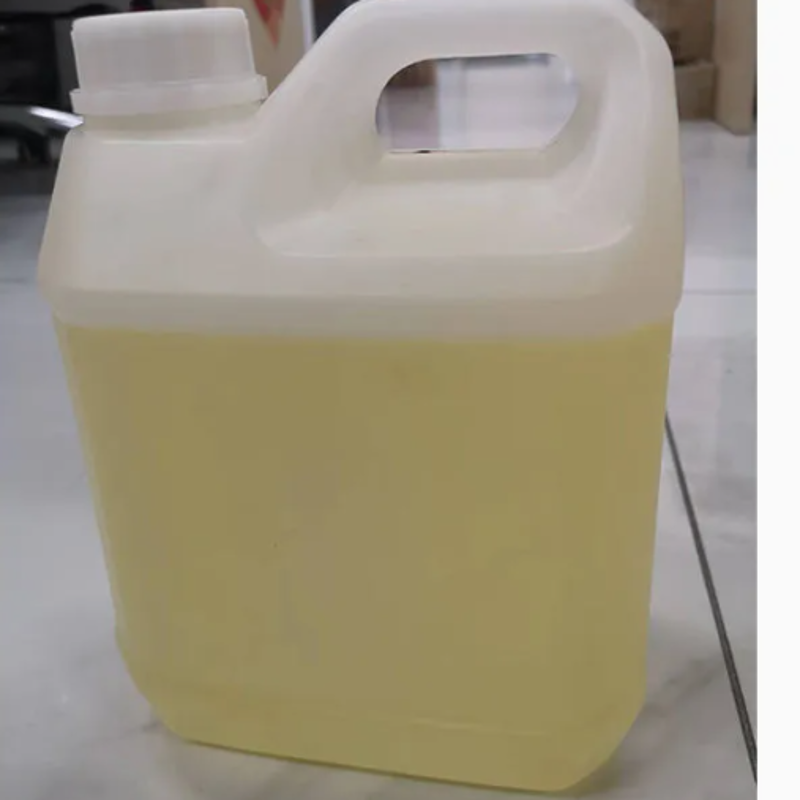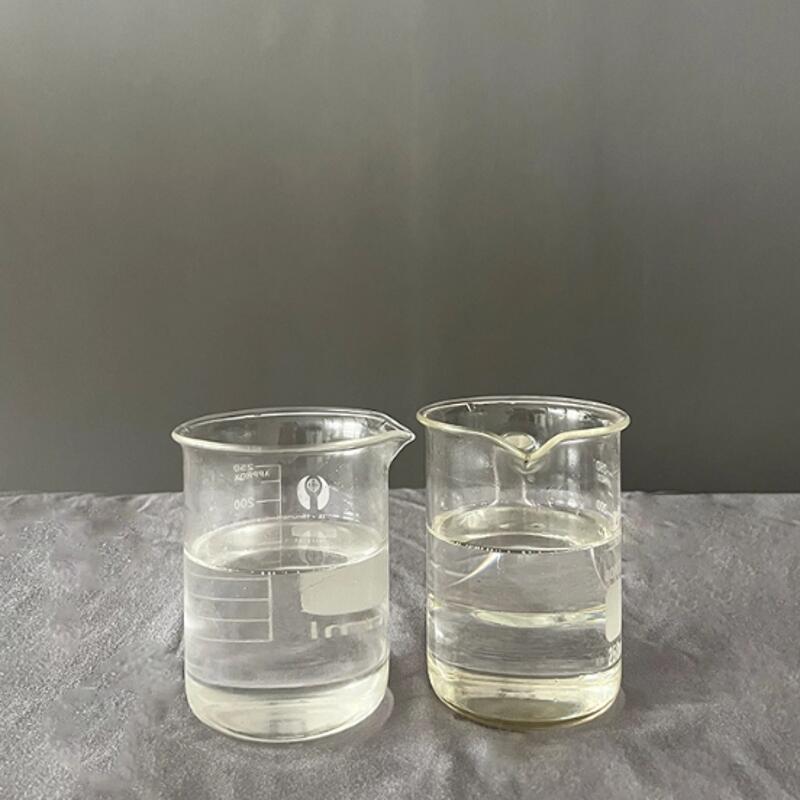-
Categories
-
Pharmaceutical Intermediates
-
Active Pharmaceutical Ingredients
-
Food Additives
- Industrial Coatings
- Agrochemicals
- Dyes and Pigments
- Surfactant
- Flavors and Fragrances
- Chemical Reagents
- Catalyst and Auxiliary
- Natural Products
- Inorganic Chemistry
-
Organic Chemistry
-
Biochemical Engineering
- Analytical Chemistry
-
Cosmetic Ingredient
- Water Treatment Chemical
-
Pharmaceutical Intermediates
Promotion
ECHEMI Mall
Wholesale
Weekly Price
Exhibition
News
-
Trade Service
Specialty chemicals company LANXESS and Kautex Textron GmbH & Co.
KG (a subsidiary of Textron Corporation) have been working together for several years to investigate whether battery housings for electric vehicles can be designed and manufactured from technical thermoplastics
.
In a feasibility study, they jointly developed a near-serialized technical sample
.
With a length and width of approximately 1400 mm each, the system is a technically complex, large-scale, all-plastic housing component weighing around 10 kg
.
The goal of this project is to demonstrate the advantages of thermoplastics over metals in terms of weight and cost reduction, functional integration and electrical insulating behavior
.
Felix Haas, Director of Product Development at Kautex Textron, explains: "As a first step, we have completely eliminated the use of metal reinforcement structures, while demonstrating that we can produce these complex, large components commercially
.
"
Dr.
Christopher Hoefs, Project Manager Electronic Powertrain at LANXESS, added: "Looking ahead, Kautex Textron and LANXESS hope to use the results of their cooperation to enter into development projects for series production together with car manufacturers
.
"
Single-stage manufacturing process with short cycle times
Single-stage manufacturing process with short cycle timesThe sample was developed on the basis of a battery casing for a C-segment electric vehicle
.
It includes a shell tray with crash structure, a shell cover and an underbody (underbody) protection
.
Housing components can be produced by a single-stage direct long-fiber thermoplastic (D-LFT) molding process
.
LANXESS has optimized Durethan B24CMH2.
0 as the material for the D-LFT molding compound
.
Kautex Textron composites the PA6 of this process with fiberglass rovings
.
Local reinforcement of the shell structure is carried out using continuous fiber-reinforced thermoplastic composites under the Tepex dynalite brand from LANXESS
.
“Compared with processes for machining steel or aluminum, this process enables shorter cycle times and is therefore more economical
,” explains Haas
.
No complicated metal forming, reducing production steps
No complicated metal forming, reducing production stepsToday, the housings of high-voltage batteries are mainly made of extruded steel or aluminium profiles
.
Depending on the vehicle class, the length and width of the casing can be well over 2000 or 1500 mm respectively
.
The size, number of parts and numerous manufacturing and assembly steps make metal enclosures very costly
.
For example, complex structures made from steel strand stamped profiles require many secondary processing steps such as welding, stamping and riveting
.
In addition, metal parts must also be protected against corrosion in an additional process step by means of a cathodic dip coating
.
“Plastics, on the other hand, allow their design freedom to be fully exploited
.
By integrating features such as fasteners and thermal management components, the number of individual components of the battery housing can be greatly reduced
.
This simplifies assembly and logistics, thereby reducing production costs.
," Hoefs said
.
Plastics are also corrosion resistant and electrically insulating
.
For example, the latter ensures that the risk of short circuits in the system is reduced
.
The low density of plastic and its potential for lightweight construction allows for significantly lighter enclosures, which is beneficial in terms of, among other things, electric vehicle range
.
Demanding complex combinations
Demanding complex combinationsHigh-voltage battery housings must meet a variety of difficult technical requirements
.
For example, they must be hard and strong, yet be able to absorb a lot of energy in the event of a collision
.
This is tested by mechanical impact and crush tests
.
The enclosure must also be flame-retardant in the event of a vehicle fire or thermal runaway of the cells
.
Finally, the shell must be integrated into the vehicle structure
.
“We continue to work together to optimize the production and structural design of the components
.
The aim is to do most of the development work virtually to save on prototyping costs and reduce time-to-market for future series of components,
” says Hoefs
.







